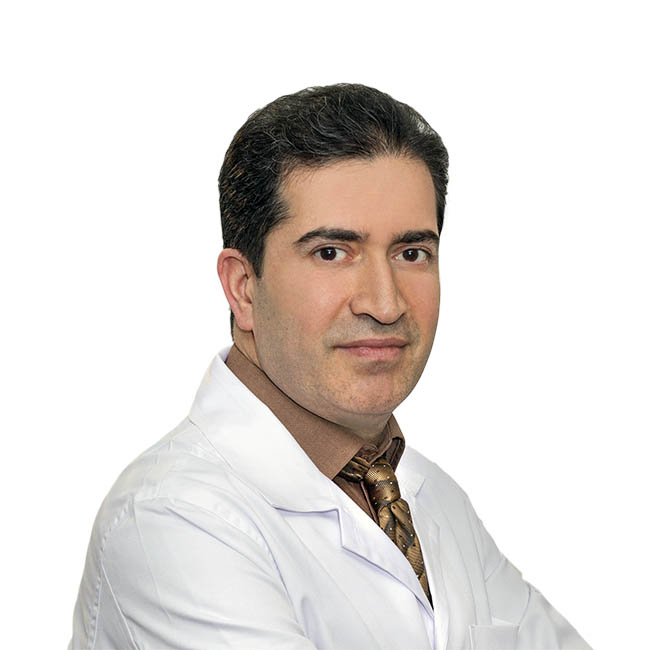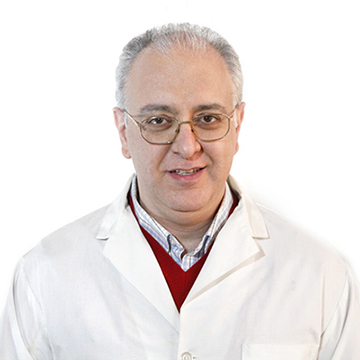Echocardiography
What is the treatment method of echocardiography?
Echocardiography is a diagnostic test that uses high-frequency sound waves to create images of the heart. It is a non-invasive and painless test that can provide important information about the structure and function of the heart.
Echocardiography is primarily used to diagnose various heart conditions, such as heart valve disease, heart failure, cardiomyopathy, and congenital heart defects. Once a diagnosis is made, the treatment method will depend on the specific condition.
In some cases, medications may be prescribed to manage symptoms or to improve heart function. For example, if a patient has heart failure, they may be prescribed diuretics to reduce fluid buildup in the lungs and other parts of the body. If a patient has high blood pressure, medications to lower blood pressure may be prescribed.
In other cases, more invasive procedures may be necessary. For example, if a patient has severe heart valve disease, they may need valve replacement surgery. If a patient has a congenital heart defect, they may need surgery to correct the defect.
Echocardiography is an important tool for diagnosing heart conditions, but it is not a treatment method in itself. The treatment method will depend on the specific condition and the individual patient's needs.
What are the benefits of echocardiography treatment?
Echocardiography is a diagnostic test that is used to detect and diagnose heart conditions. It is a safe and non-invasive procedure that does not involve any radiation, making it a preferred choice for many patients and doctors. While echocardiography itself is not a treatment method, the information it provides can be used to guide treatment decisions and improve patient outcomes.
The benefits of echocardiography treatment include:
Accurate diagnosis: Echocardiography can provide detailed information about the structure and function of the heart, which can help doctors make accurate diagnoses. This can lead to more effective treatment plans and better outcomes for patients.
Non-invasive: Echocardiography is a non-invasive test that does not involve any incisions or radiation exposure. This means that it is a safe and painless procedure that can be performed on an outpatient basis.
Quick results: Echocardiography can provide real-time images of the heart, which means that doctors can quickly evaluate the results and make treatment decisions.
Customized treatment: Once a diagnosis is made using echocardiography, doctors can develop customized treatment plans based on the individual patient's needs. This can improve treatment outcomes and reduce the risk of complications.
Monitoring of treatment: Echocardiography can be used to monitor the effectiveness of treatment over time. This can help doctors adjust treatment plans as needed and ensure that patients are receiving the best possible care.
Overall, the benefits of echocardiography treatment include accurate diagnosis, non-invasiveness, quick results, customized treatment, and monitoring of treatment. These benefits can lead to improved patient outcomes and a better quality of life for patients with heart conditions.
Echocardiography is suitable for which people?
Echocardiography is a safe and non-invasive test that can be used to evaluate the structure and function of the heart. It is suitable for many people, including those who are experiencing symptoms of a heart condition, as well as those who may be at risk for heart disease.
Echocardiography may be recommended for people who have:
1. Symptoms of a heart condition: Symptoms such as chest pain, shortness of breath, palpitations, and fatigue may be indicative of a heart condition and may warrant further evaluation.
2. Family history of heart disease: People who have a family history of heart disease may be at increased risk for developing a heart condition and may benefit from echocardiography to assess their heart health.
3. High blood pressure: High blood pressure can cause damage to the heart over time, and echocardiography can be used to monitor the effects of high blood pressure on the heart.
4. High cholesterol: High cholesterol can increase the risk of developing heart disease, and echocardiography may be used to assess the extent of any damage to the heart caused by high cholesterol.
5. Diabetes: People with diabetes are at increased risk for developing heart disease, and echocardiography may be used to evaluate their heart health.
6. History of heart disease: People who have a history of heart disease may benefit from echocardiography to assess the extent of any damage to the heart and to monitor their heart health over time.
In general, echocardiography is a safe and valuable tool for evaluating the heart health of people who may be at risk for heart disease or who are experiencing symptoms of a heart condition. However, the decision to perform echocardiography will depend on the individual patient's needs and medical history, and it should be made in consultation with a healthcare provider.








